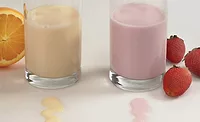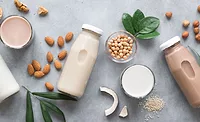R&D
Consumer demand for functional, familiar ingredients drive flavor trends
Both exotic and comforting flavors thrive in current beverage market
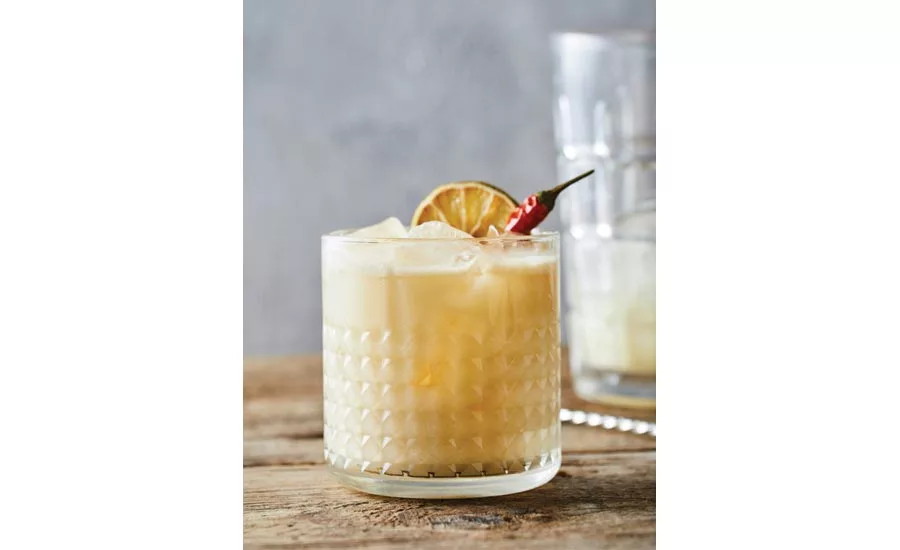

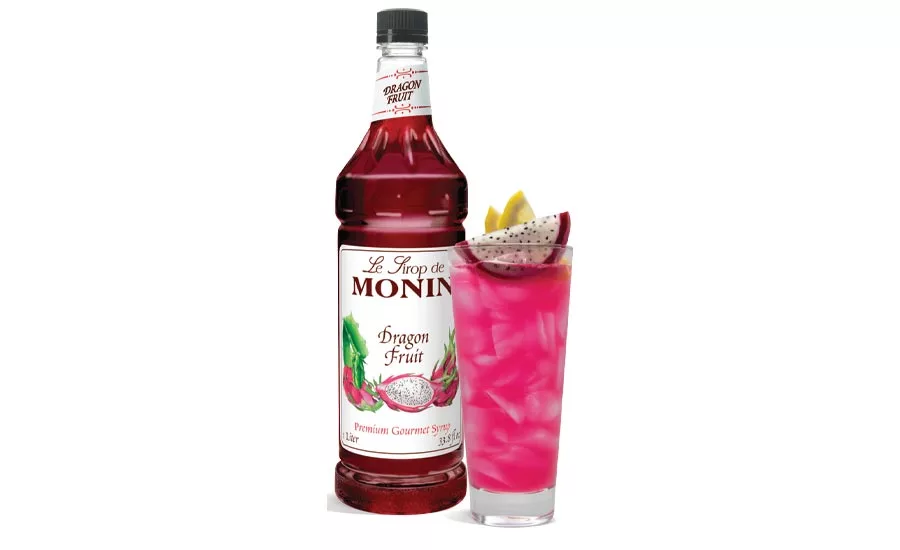
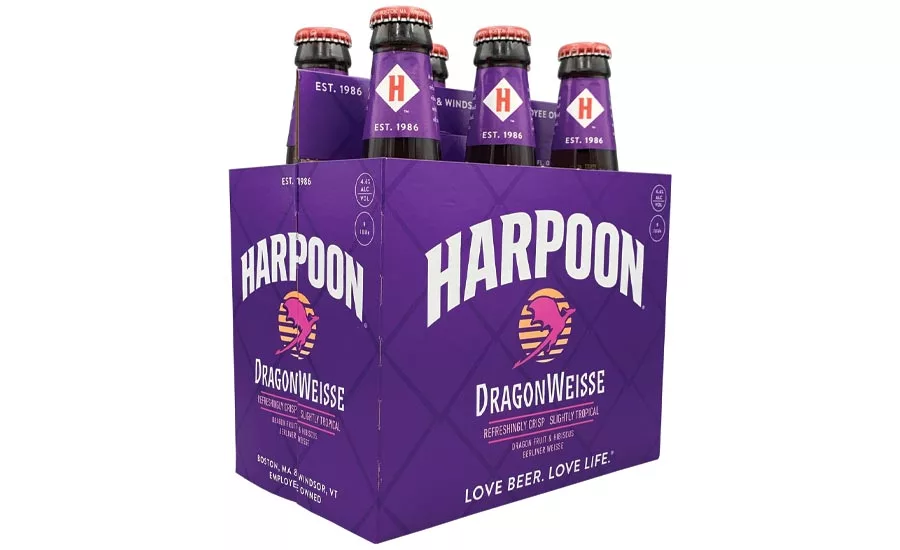
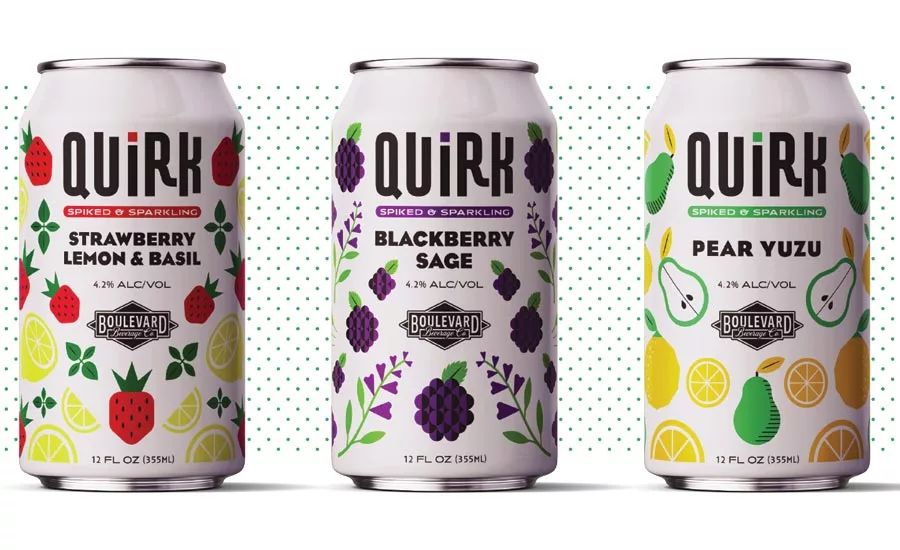
Whether its floral, fruity, savory, sweet or tarty, beverage-makers are getting adventurous with flavor selections. Consumer preference for healthy ingredients increased demand for floral, exotic flavors, while being stuck at home has boosted demand for familiar “dessert” flavors. As a result, beverage-makers are getting creative with an array of unique flavors hitting the market.
K.C. Kuder, marketing communications specialist at Synergy Flavors Inc., Wauconda, Ill., says Synergy Flavors identified three key trends impacting product development in 2020: wanderlust, vintage and mindfulness.
“With wanderlust, consumers are understandably getting a bit stir crazy with traveling at an all-time low, coming off of an all-time-high,” she says. “U.S. consumers are looking forward to experiences they can have with family and friends, in new destinations, and over one of the most basic moments of human interaction: food and drink.”
This sense of adventure has paved the way for exotic fruits, florals, and botanical flavors in beverages.
Fruits and Florals
According to London-based Future Market Insights’ (FMI) “Floral Flavour Market” report, sales of floral flavors surpassed global market revenues of $850 million in 2019. This performance is likely to continue as the market research firm predicts that floral flavors will produce a compound annual growth rate (CAGR) of more than 7 percent from 2019 to 2027.
FMI also notes that the beverages sector comprises more than half of the total floral flavor market share — with flavors featuring lavender, rose, jasmine, elderflower and hibiscus.
“Regarding the ‘mindfulness’ trend, we are seeing a consistent pull toward botanical profiles and natural extracts and essences within the food and beverage space,” Synergy Flavors’ Kuder says. “This offers natural essences and extracts made from the named horticultural item, such as coffee, tea, cucumber, and other botanical/herbal/fruit varieties.”
Rebecca Shurhay, marketing analyst at Flavorchem, Downers Grove, Ill., says the pandemic has prompted consumers seeking beverages with functional botanicals addressing immunity, stress, digestion and sleep. [Text Wrapping Break]
“Elderberry is packed with antioxidants that boost the immune system and is known to aid in stress-relief, making this fruit in high demand,” she says.
Along with floral, exotic fruits are entering the scene, side-by-side with floral pairings.
“Exotic fruits from Latin American and Southeast Asian countries will continue to be a fast-growing flavor category,” says Holly McHugh, marketing associate at Imbibe, Niles, Ill. “Up-and-coming flavors include passionfruit, guava and dragon fruit.”
Clearwater, Fla.-based Monin Gourmet Flavorings dubbed dragon fruit as its 2020 Flavor of the Year.
“Monin's clean-label [dragon fruit] syrup adds a bright fuchsia hue while delivering a flavor similar to kiwi and pear, with subtle notes of strawberry that work perfectly in alcoholic, non-alcoholic, and culinary applications,” the company said in a statement.
Other exotic fruits resonating in the market include blood orange, grapefruit, meyer lemon, blood orange, and yuzu, citrus and exotics, according to Louisville, Ky.-based Flavorman.
Sweet and tart selections
The “vintage” trend referenced by Synergy Flavors’ Kuder, on the other hand, represents a rising inclination toward familiar flavors, she notes.
Amanda Wolff, marketing manager for Kerry, Beloit, Wis., says that Kerry’s 2020 US Taste Charts feature nostalgic flavors such as breakfast cereal, cookies & cream and s’mores in dairy and hot beverages. She says right now, consumers are turning to “comfort food” and beverage as they’re confined to their homes.
“On social media, we’ve seen birthday cake martinis and the dalgona coffee trend, which elevates instant coffee into a frothy, whipped treat,” she says.
Synergy Flavors Marketing Associate Alex Massumoto also has seen the trend toward “familiar” flavors.
“With the U.S. population in quarantine for weeks, consumers seek options that bring some sense of comfort, security and nostalgia,” he says. “Profiles like cereal, coffee, indulgent and nostalgic flavors will definitely be trending in 2020 and beyond.”
Massumuto also notes an increased interest in flavors that contribute to complexity and enhanced function.
“If we look into categories like juice as an example, we see brands featuring dark fruit and berries such as pomegranate, cranberry, tart cherry and blackberry that reflect the trend toward juices that are more tart and less sweet,” he says.
Formulation challenges
When preparing to formulate unique flavors within beverages, beverage-makers should be aware of the base ingredients that make up the beverage’s existing profile, Kerry’s Wolff says.
“When flavoring a whiskey, you have to consider the base flavors — inherent caramel, vanilla, brown notes, etc.,” she explains. “With a hard seltzer, you have more of a blank canvas. With flavored kombucha, you have to consider those tart notes and what will balance that or round out the flavor.”
Travis Ralph, research development and applications scientist in alcoholic beverage at Kerry, says ingredient availability also can present a challenge.
“Sourcing ‘real’ materials from newer and more exotic fruits or trendy flavors can sometimes be difficult and expensive to do with juices, purees and essences — sometimes impossible,” he says.
In situations where flavors can’t be naturally sourced, they usually can be created, says Kerry’s Research and Development Manager Andy Ericson, noting that artificial ingredients are wonderful for impact, availability and price.
“The downfall is consumers do not want to see ‘artificial flavor’ on their labels, and are seeking natural ingredients in their food and beverages,” he says. “Natural products are more subtle and have a truer-to-the-product flavor profile.”
Strength in numbers
Experts predict a bright future for the flavors market, particularly when it comes to pairing and experimenting with an array of natural flavors.
Kerry’s Wolff suggests growing opportunity for bold and unique flavors, and crossover between flavors that would be traditionally considered for savory applications, such as horseradish. Functionality also will add flavor, spice and a healthy halo within beverages. .
“Consumers are looking for beverages that not only taste great but also provide added functionality,” she says. “Anything from kombucha for gut health, to protein waters, even to spirits with botanicals can leverage the ‘health halo’ trend.”
Synergy Flavors’ Kuder also notes demographics having an influence on flavors.
“Millennials, a group with one of the highest purchasing powers in the U.S. today, are seeking more exotic flavor formats, either blended with florals and herbs or something that creates an entirely new taste experience, such as sweet/heat blends, and brands playing with new textures and sensations,” she says.
Pairings also will drive flavor trial and adoption, Kerry’s Wolff says. For instance, praline pecan, blueberry pomegranate, prickly pear hibiscus, and lemon yuzu will provide flavor differentiation.
“Pairing familiar flavors with emerging and up-and-coming flavors helps evolve the classics,” she says. “We can look at adding an emerging flavor to something more mainstream in order to breathe new life into a product.”
Looking for a reprint of this article?
From high-res PDFs to custom plaques, order your copy today!





